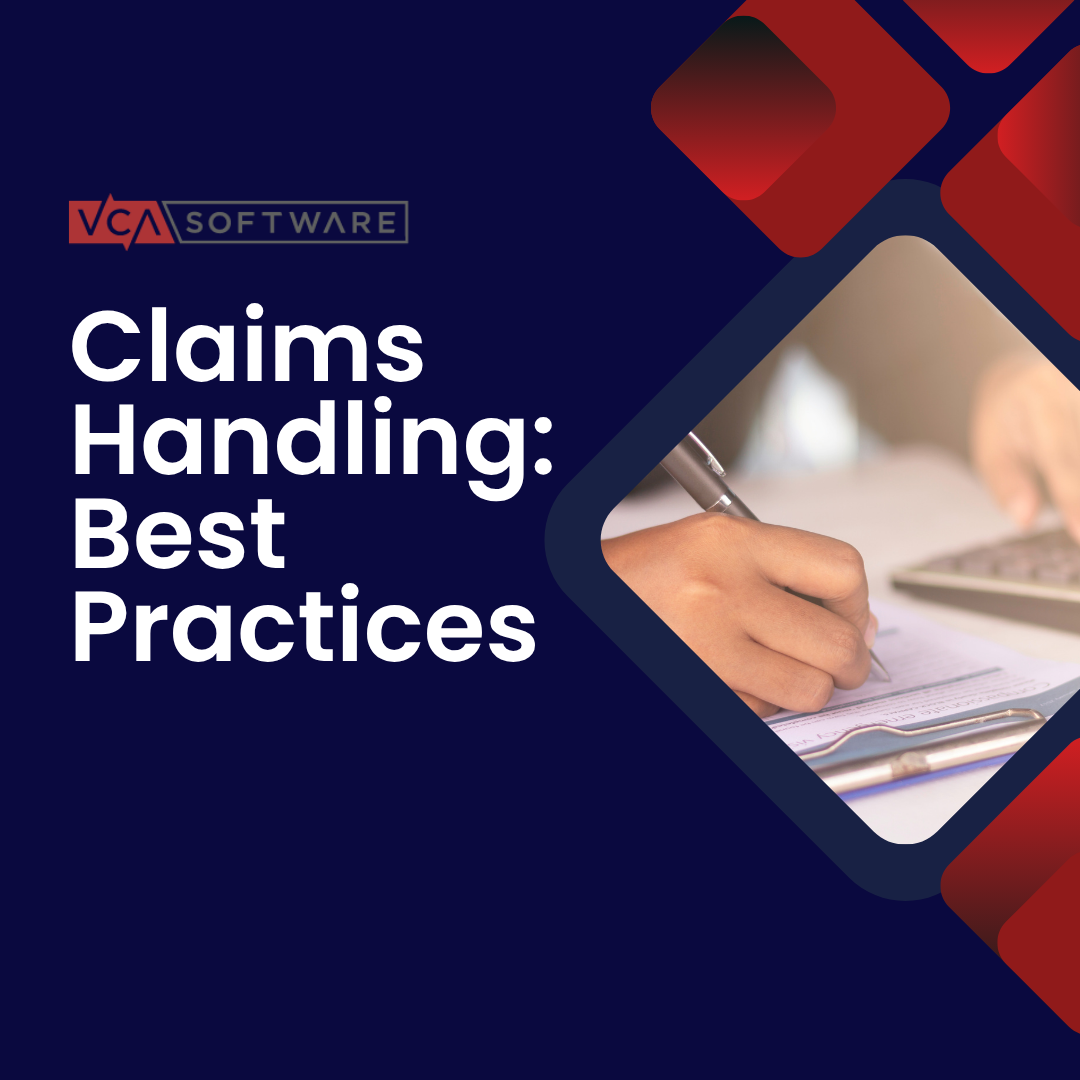Every year, more than 400,000 civil cases are filed in the United States federal and state courts according to USCourts.gov. Whereas “parties in interest” were once plainly listed in civil litigation captions, there are now silent partners influencing some the most expensive litigation, through a practice known as litigation funding, Forbes reports.
SwissRE describes litigation funding (LF) as follows:
“The US is the centre of the world’s third-party litigation finance (TPLF) industry, in which investors such as hedge funds and family offices finance legal action against companies. Of the USD 17 billion investment into litigation funding globally in 2020, more than half was deployed in the US. Litigation funding companies (LFCs) invest in consumer and commercial litigation by funding legal action in return for a percentage of a successful claim sum.
We see TPLF as a contributor to social inflation in the US, by incentivising litigants to initiate and prolong lawsuits. Higher claims costs drive up insurance premiums, can reduce the availability of liability cover, and lead to higher uninsured legal liability risks for US businesses. These costs are ultimately paid by consumers.”
Historically, this needed funding was obtained by law firms, who utilized banks to support the firm and its litigation strategies indirectly. Now, inventive Wall Street hedge funds have moved into the LF field and reimagined what’s possible. Funds have made lawsuit bets into a $39 billion sector, and have produces internal rates of return in excess of 30% according to Bloomberg.
Grounds For a Suit, Or Grounds For Concern?
Critics point out that LF elevates case settlements, and may cross into shadowy ethical territory. They point to LF as a major driver behind social inflation and nuclear verdicts – particularly in the commercial auto insurance industry. The Casualty Actuarial Society and the Insurance Information Institute report that social inflation increased commercial auto liability claims by more than $20 billion between 2010 and 2019.
What ethics issues are in play when a third party effectively underwrites the costs of a case? Does an attorney’s allegiance to representing a client become diluted or redirected to the bottom line?
Courts and bar associations have some understandable reluctance to answer these ethics questions too broadly. For one thing, LF may allow class action suits to commence and right a wrong that otherwise would lack economic sense. In addition, consumer advocates hail litigation funders as a welcome ally in the battle against the insurance industry, according to Forbes.
That said, litigation funders aren’t exactly playing Robin Hood. The New York Post reports that one LF charges clients interest rates as high as 124% and Tort Reform reports that a study by SwissRE found that after paying LFs, plaintiff’s are typically left with only 43% of the settlement.
At least one federal court is actively challenging the role of LF sources. Reuters reports that a New Jersey federal court has adopted a transparency order to note the name and some terms of the funding agreement, known as a non-recourse agreement.
Key Impacts and A Pending Proposal
Increased awareness of LF is coming at a crucial time. This is because the size of the LF market, as impressive as it is, does not in itself represent the largest problems of LF practices. Instead, the market displacement it represents means (1) insurance rates will be in flux at a crucial economic time, (2) business planning becomes more problematic, and (3) consumers may eventually be harmed by LF practices.
It is this final unknown that is at the current heart of proposals from the US Chamber of Commerce. Dubbed the Litigation Funding Transparency Act, the bill in its current form does more than require disclosure of the source of lawsuit funding. It also aims to curb cash and expense abuses of individual litigants, and disclose any interests and hidden costs associated with these advance payments. One complaint has been that the interest rates on these payments can be exorbitant, diluting plaintiff awards.
If you haven’t already done so, subscribe to the VCA Software blog at the bottom of this page. We’ll keep you posted as this trending topic develops.




